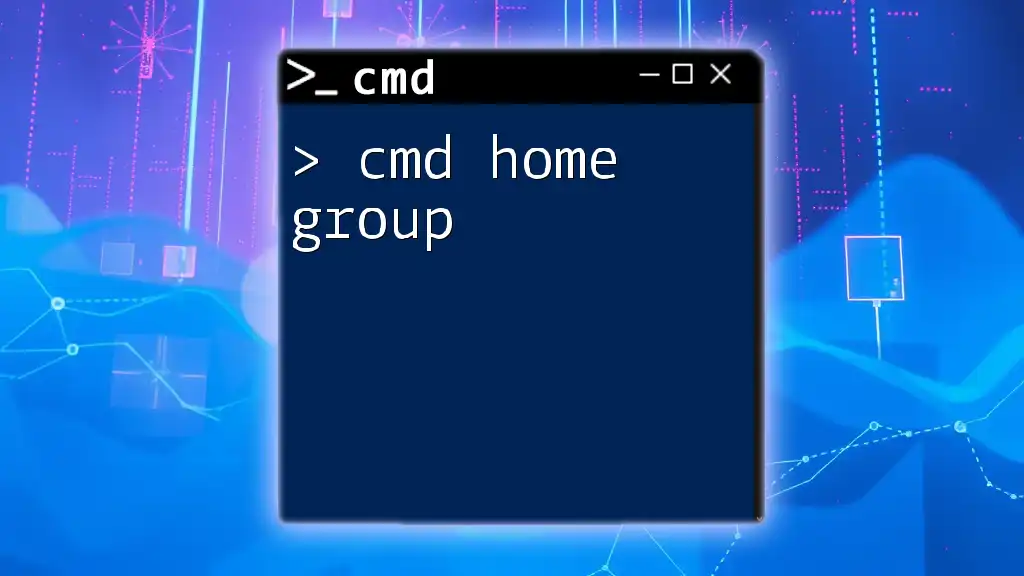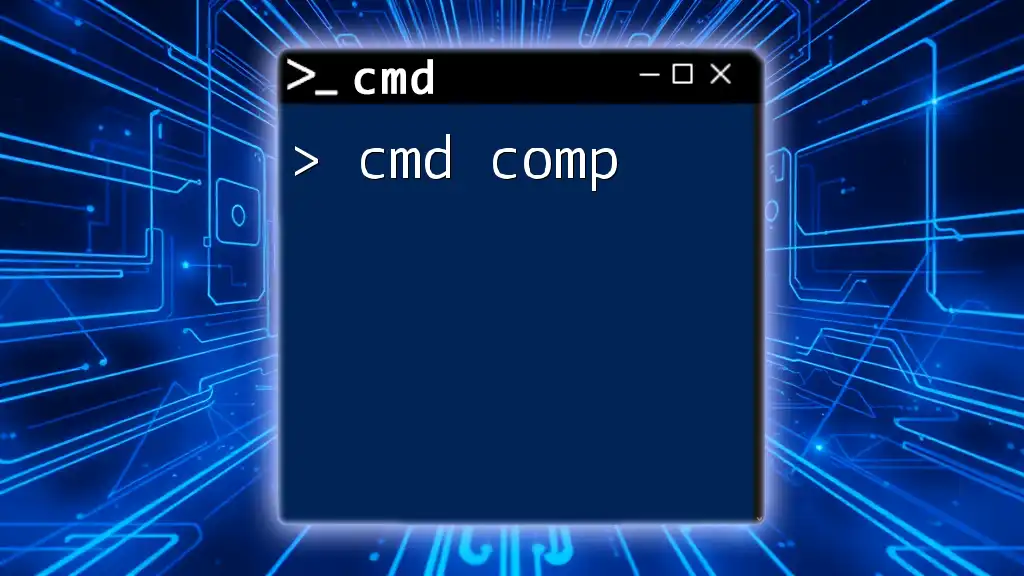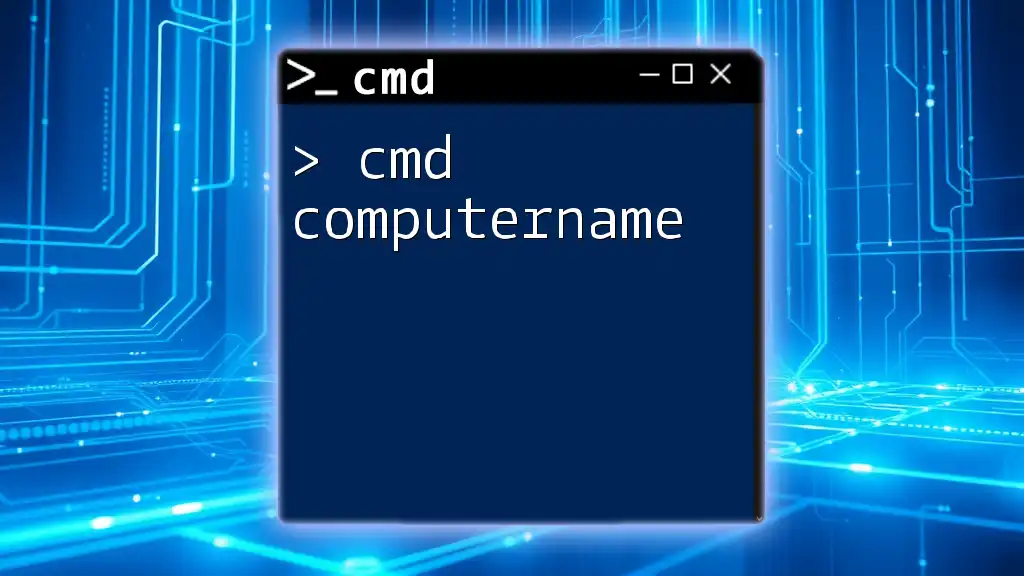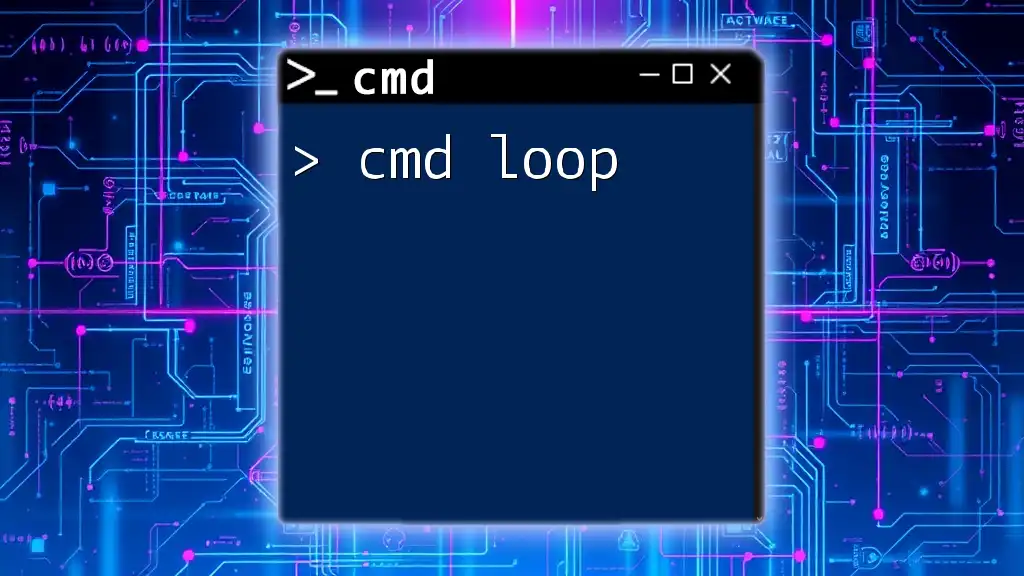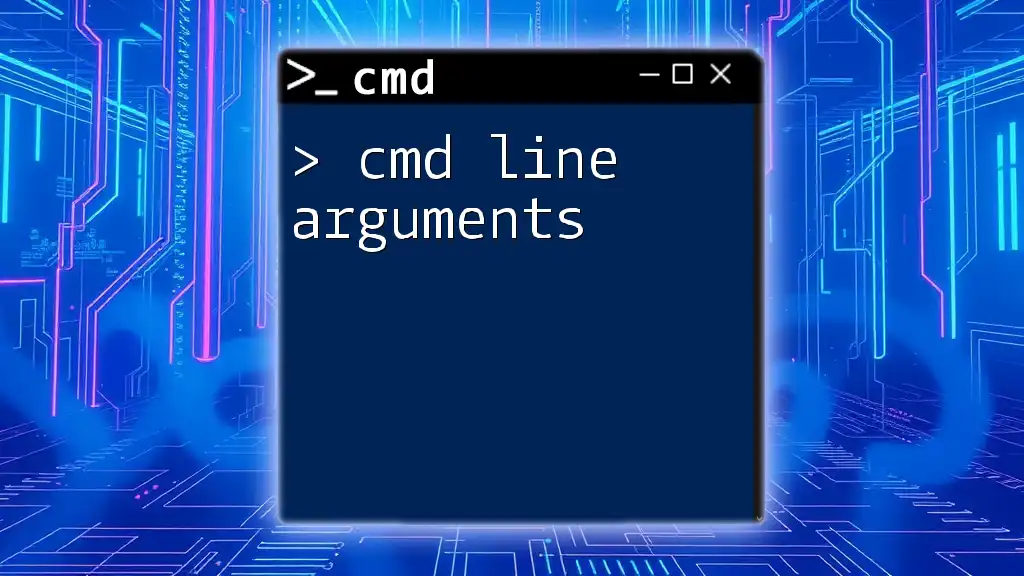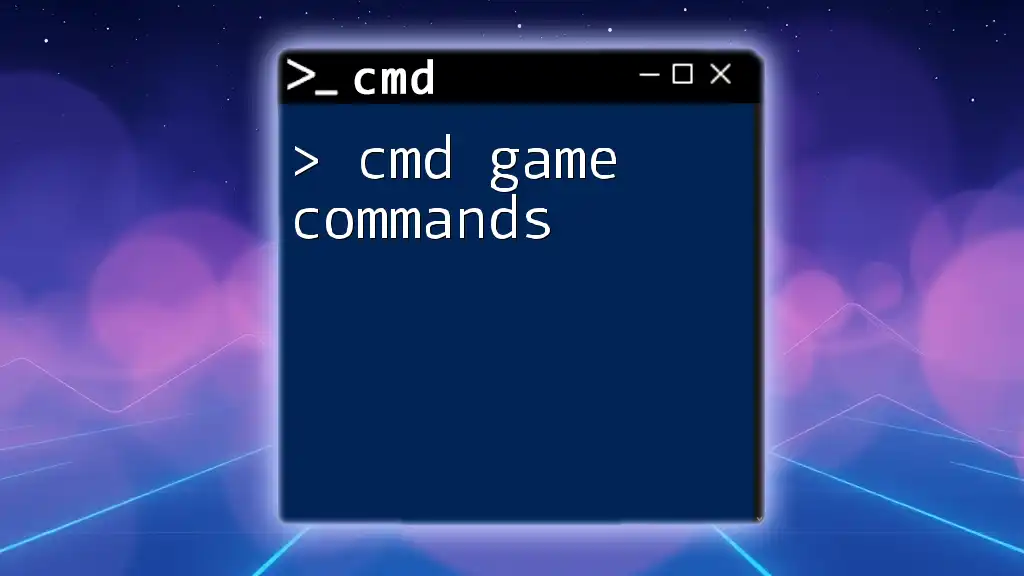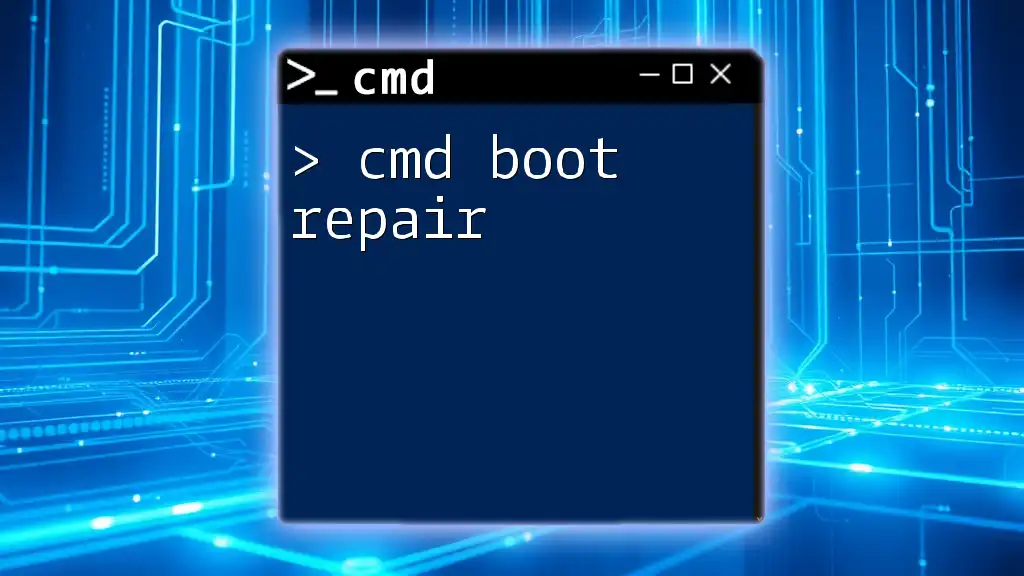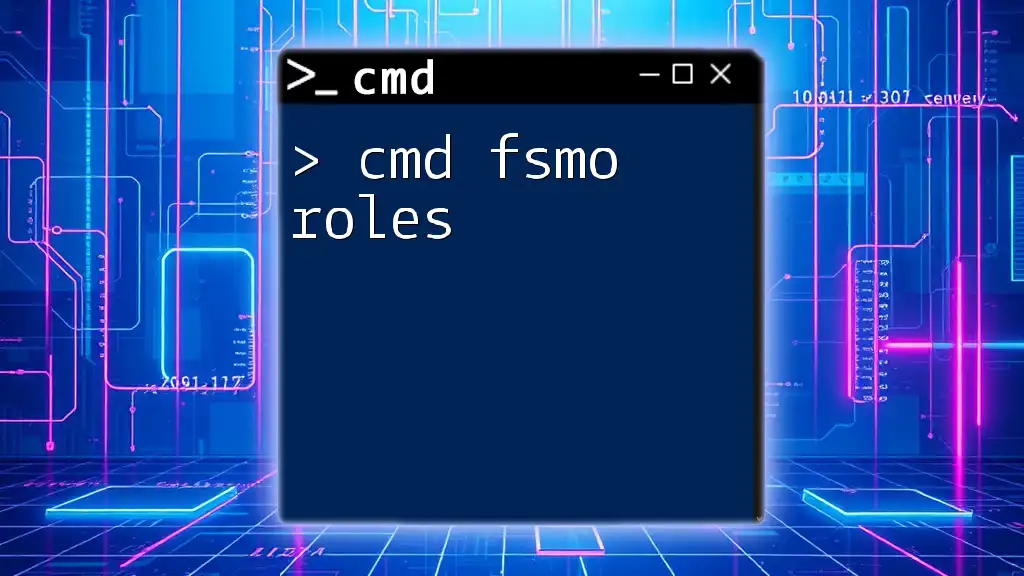The `homegroup` command in CMD is used to manage and interact with HomeGroup settings in a Windows environment, allowing users to create, join, or configure shared resources on a local network.
homegroup /join
Understanding HomeGroup
What is HomeGroup?
HomeGroup is a feature available in certain versions of Windows that allows users to share files and printers with other computers on a home network seamlessly. It simplifies the process of setting up a network for home use, enabling effortless connection between devices without needing extensive technical knowledge. With HomeGroup, you can share libraries (Documents, Music, Pictures, Videos) and printers among all connected computers.
Key Terminology
Familiarizing yourself with essential terms related to HomeGroup can enhance your understanding when using Cmd commands. Here are some key terms to know:
- Networking: The practice of connecting computers and other devices to share resources.
- Sharing: The action of allowing other users access to your data or devices.
- Permissions: Rules that determine what actions users can take concerning files, folders, and devices.
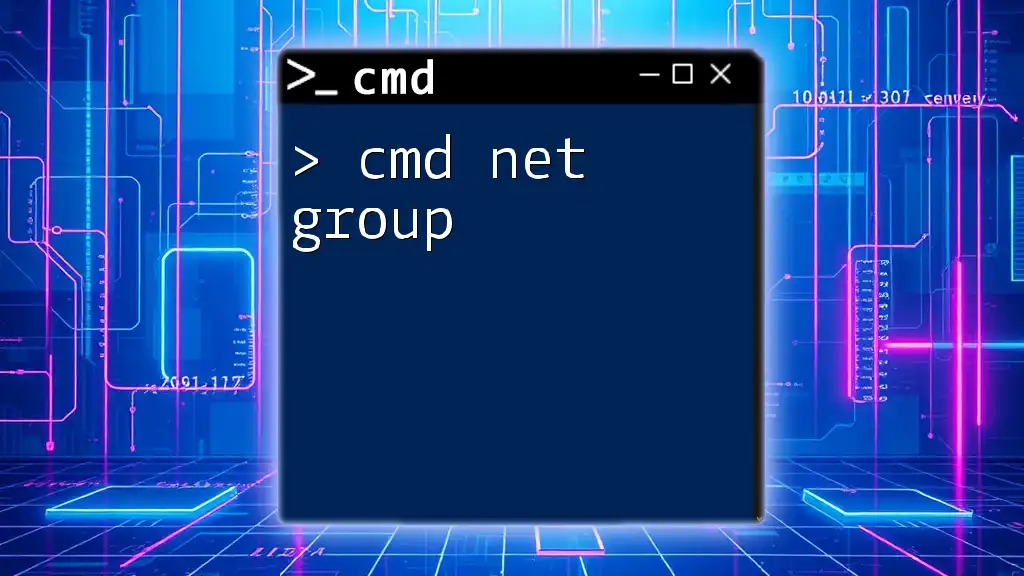
Accessing HomeGroup through CMD
Opening the Command Prompt
To manage HomeGroup using the Command Prompt, you'll first need to open CMD. The process differs slightly across Windows versions:
- For Windows 10 and 11: Press Win + R, type `cmd`, and hit Enter.
- For Windows 8: Press Win + X, then select Command Prompt.
- For older versions, you can find CMD via the Start Menu under Accessories.
Verifying HomeGroup Availability
Once the Command Prompt is open, you can check if a HomeGroup is set up on your network. Use the following command:
netsh homegroup show
This command will provide you with a summary of the HomeGroup settings, including whether a HomeGroup exists and status details. If you're not a member of a HomeGroup, you'll see an appropriate message guiding you on what to do next.
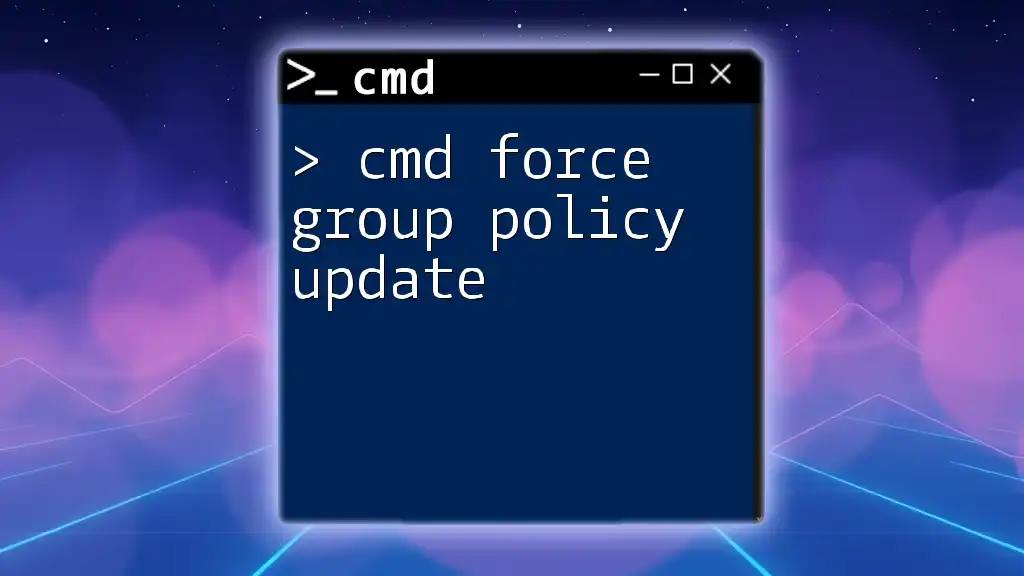
Managing HomeGroup with CMD
Creating a HomeGroup
To create a HomeGroup, you can use the following command in CMD:
netsh homegroup create
When you execute this command, you'll be prompted to provide a password. This password is crucial, as it will be required for others wishing to join your newly created HomeGroup. Selecting appropriate sharing options here will determine how your files and devices are accessed by other members.
Joining a HomeGroup
If you want to join an existing HomeGroup, use this syntax:
netsh homegroup join <HomeGroupName> <Password>
Replace `<HomeGroupName>` and `<Password>` with the actual name and password of the HomeGroup you wish to join. Successfully executing this command will connect your computer to the HomeGroup, allowing you to share and access resources.
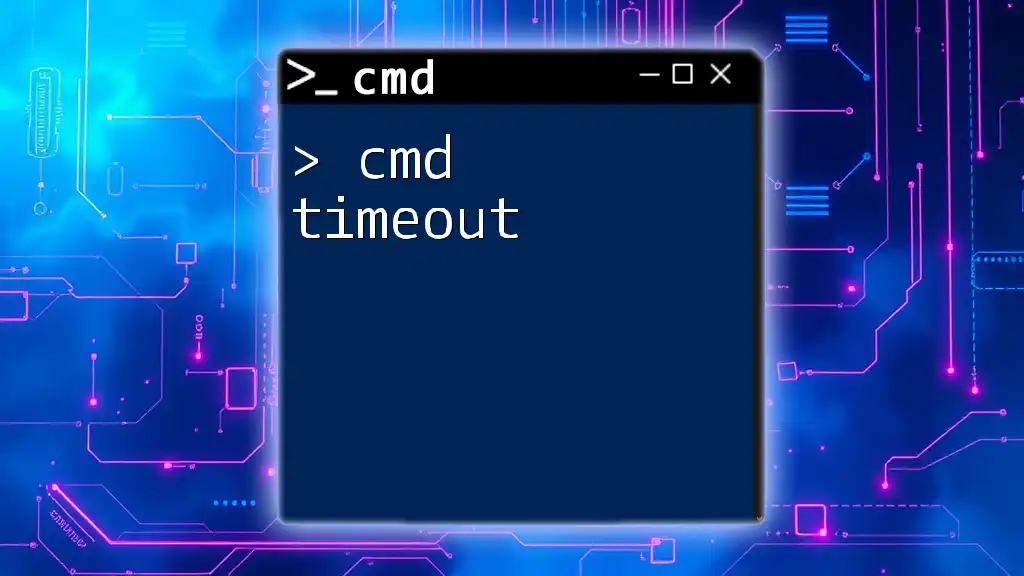
HomeGroup Commands Explained
Exporting HomeGroup Settings
If you want to back up or share your HomeGroup settings, you can export them using:
netsh homegroup export "filename"
Replace `"filename"` with your desired file name. This will create a file with your HomeGroup settings, which is particularly useful if you want to restore or share configurations easily.
Viewing HomeGroup Members
To check who is part of your HomeGroup, type:
netsh homegroup show members
This command displays a list of all connected members, allowing you to see which devices can access shared resources. Knowing your HomeGroup members helps monitor your network for security and proper access control.
Removing a Member from HomeGroup
If you need to remove a member from your HomeGroup, run the following command:
netsh homegroup remove <username>
Replace `<username>` with the name of the user you wish to remove. This command is essential for maintaining security and managing permissions within your HomeGroup.

Troubleshooting HomeGroup Issues
Common Problems
HomeGroup, like any network feature, can encounter issues. Common problems might include connectivity issues, inability to share files, or problems creating or joining a HomeGroup.
- To resolve connectivity issues, check your network settings and ensure all devices are on the same network.
- If sharing isn’t working, verify permissions for folders you're trying to share.
Resetting HomeGroup
Occasionally, you may need to reset your HomeGroup settings. This can be achieved with:
netsh homegroup reset
This command will clear all current configurations. Be cautious, as resetting HomeGroup will require you to set it up afresh afterwards.

Security and Permissions
Configuring Sharing Permissions
Managing sharing permissions through CMD is vital for network security. You can utilize commands to adjust who can access specific files or folders. When sharing items, ensure that you set permissions based on trust and necessity, safeguarding your data effectively.
Protecting Your HomeGroup
Best practices for HomeGroup security include:
- Using strong, unique passwords to protect your HomeGroup.
- Regularly updating passwords and limiting access to only trusted devices.
- Keeping your system and network firewall enabled to prevent unauthorized access.
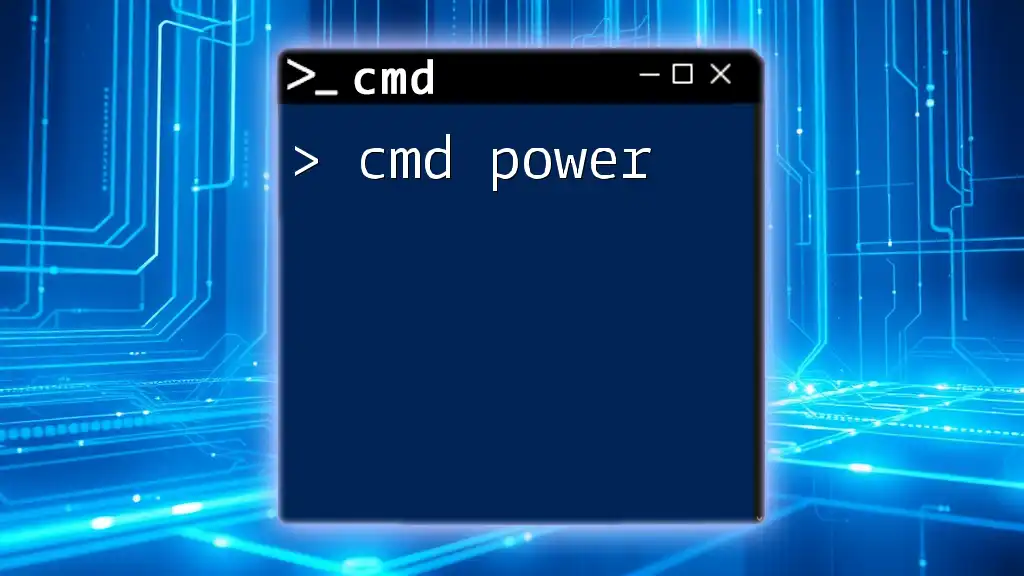
Conclusion
In summary, understanding and utilizing CMD commands for HomeGroup management allows users to effectively control their home networking environment. By following the steps outlined in this guide, you'll be able to create, join, and manage HomeGroup settings effortlessly.
Remember to practice the commands to build your confidence, and consider seeking additional support or resources to deepen your CMD knowledge! With competencies in managing CMD Home Group, you’ll enhance your network experience significantly.

